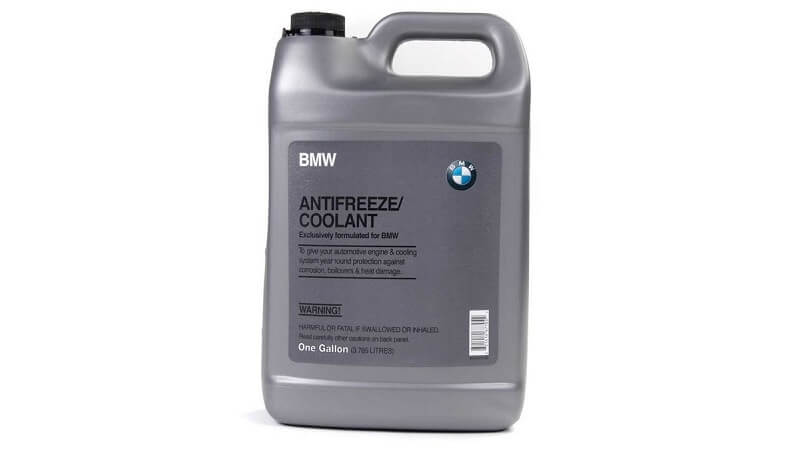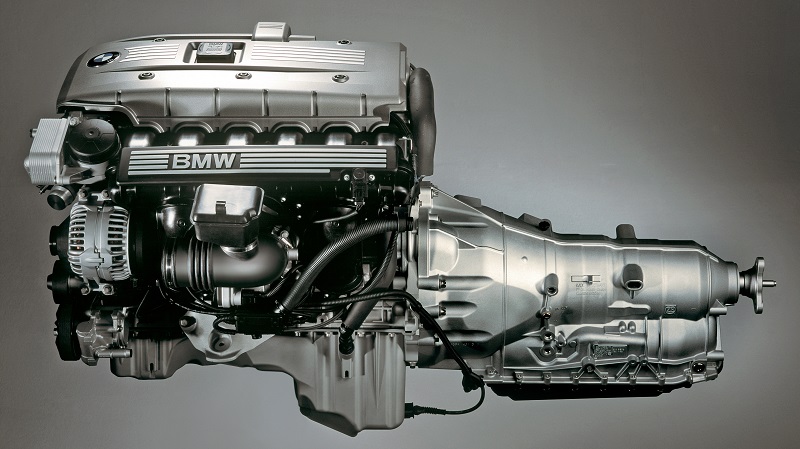There’s rarely anything worse than getting into your car, putting that key into the ignition, turning it, and having the engine dry crank or worse — refuse to crank at all. Most of us have been there with one car or another. No-start issues aren’t a known fault of E30 325i, but they are common enough for there to be at least one new thread every few days over at your favorite E30 forum. We’ve decided to put together a definitive BMW E30 325i no-start issue troubleshooting guide for this very reason. You should be able to at least diagnose, if not solve your car’s problems using the information presented below.

Two Types of E30 325i No-Start Issues
Is the car cranking but not starting, or is it failing to crank at all? There’s a massive difference between the two. A no-crank condition usually means that you’re dealing with a dead battery, dead starter motor, or some other power-related issue that is preventing the engine from turning over. In extremely rare cases, you can also run into issues that are physically preventing the engine from turning over.
Then there are conditions where the engine cranks freely but fails to start. This guide will focus on these issues, rather than the no-crank issues.
Fuel, Spark, Compression
The M20 engine found in E30 325i requires all the usual ingredients to produce combustion. First, you’ll need fuel pressure to deliver enough gas to the intake where it mixes with air to form the air/fuel mix. Once that mixture is pushed into a cylinder, you’ll need a spark to ignite it. Lastly, you’ll need enough compression to keep the engine running.
When any of these three major conditions aren’t met, the engine won’t start. That being said, lack of spark or fuel is a far more common cause of no-start issues than lack of compression.
Compression — How Low is Low?
No-start issues caused by low compression are somewhat unlikely. It is very rare to end up with an engine where all cylinders are showing low compression.
That would indicate a major issue with the head gasket, piston rings, and other critical components. For an engine to experience a no-start condition due to a lack of compression, something would have to have gone seriously wrong with it.
In a vast majority of cases, an engine can experience low compression on or two cylinders. Although severe enough to cause misfires and all kinds of other issues, low compression in a single cylinder won’t generally cause a no-start in M20 engines or other BMW engines of this particular generation.

How to Check for Compression
To check compression, you’ll need to perform a cylinder compression test on each of the 6 cylinders. You should read 145 PSI or thereabout in each cylinder. Don’t freak out if your tester shows high 130s as these cars are getting old. However, 120 PSI should be a cause for concern.
Diagnosing BWM 325i No-Start Condition
If we take compression issues out of the equation, we’re left with fuel and spark. You should check for both. The order in which you go about this is completely up to you. We’ll start with the spark.
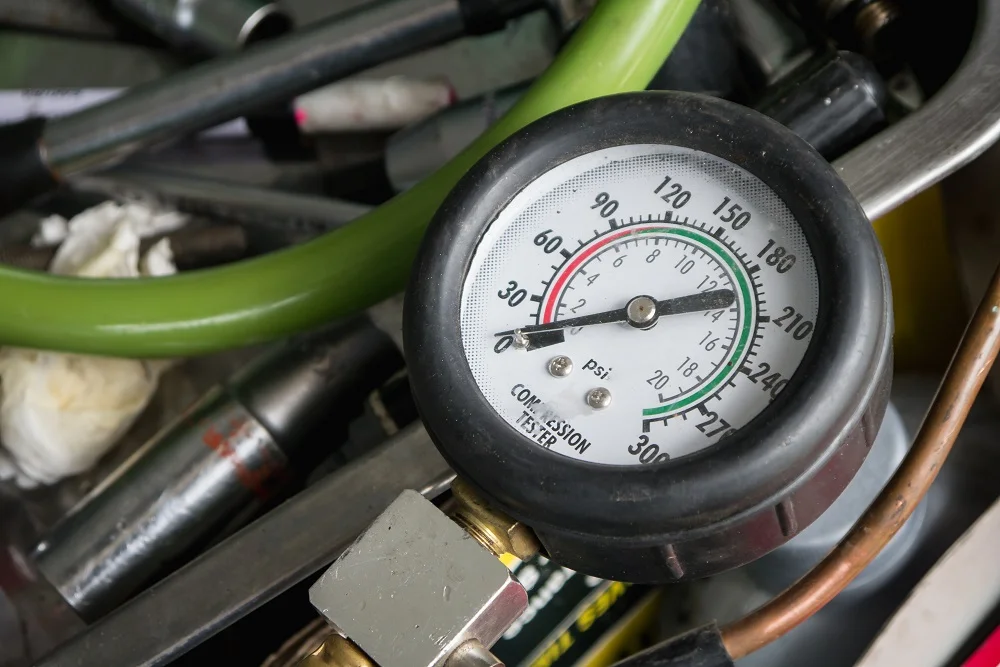
Checking for Spark
Checking for spark on an M20B25 is a fairly straightforward process. The first place we look for power is the ignition coil. The M20 engine has a single ignition coil that distributes power to individual spark plugs.
To properly test the ignition coil, you’ll need a test light. Under the rubber boot, you’ll find two wires leading to two terminals. One is positive, and one is negative. Using a multimeter or a test light, you can check whether there’s any power coming to the coil.
Checking Spark Plugs and Spark Plug Wires
If there’s power at the ignition coil. It’s time to check individual spark plugs. You can use the same tester or multimeter to check if each individual spark plug is getting power. Do yourself a favor and inspect the spark plug cables as well as the ignition coin cable. Any damage to these can cause your no-start issue. If cables check out, take each spark plug out and inspect them for damage. Always replace your spark plugs with ones made by a reputable brand such as NGK, Bosch or others.
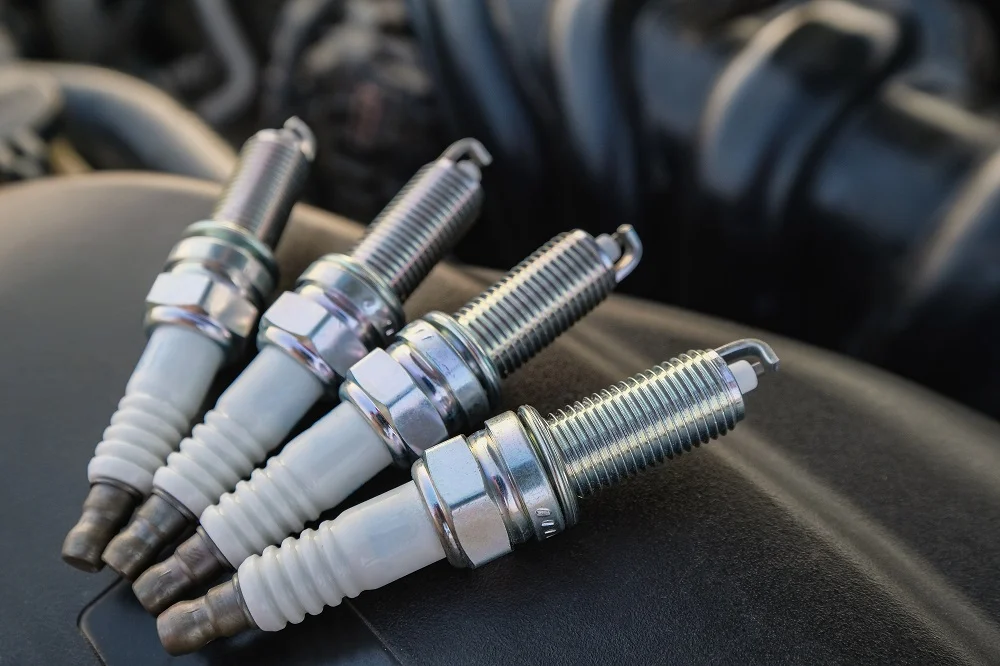
Checking for Fuel
Do you have fuel in your car? No, we’re not joking. You’d be surprised how many no-start issues on these older BMWs are caused by no fuel in the tank and a faulty fuel gauge. You can make your life a lot easier by dumping a gallon of fuel in the car and giving it another try.
However, there’s a chance you’ll get no joy. At that point, it’s time to give the entire fuel system a closer look. You’ll want to start your inspection by listening for the fuel pump engaging when you turn the key to the accessory position.
Fuel Pump
Every time you crank the engine, the fuel pump primes the fuel system by building up enough pressure in the system. If you turn the key to the accessory position, you can actually hear the fuel pump come online for a few seconds. If you can’t hear it from the driver’s seat, have someone turn the key while you remove the fuel cap and put your ear near the hole.
The second method of checking the fuel pump is to check whether the fuel is reaching the fuel rail. You’ll find a fuel line right next to the intake manifold, just below the windshield on the passenger side. Remove the hose clamp and pull the line off.
Have someone crank the engine while you hold it, or stuff a rag under it and crank the engine yourself. If there’s no fuel coming out, you’re looking at a faulty fuel pump or a bad fuel pump relay.
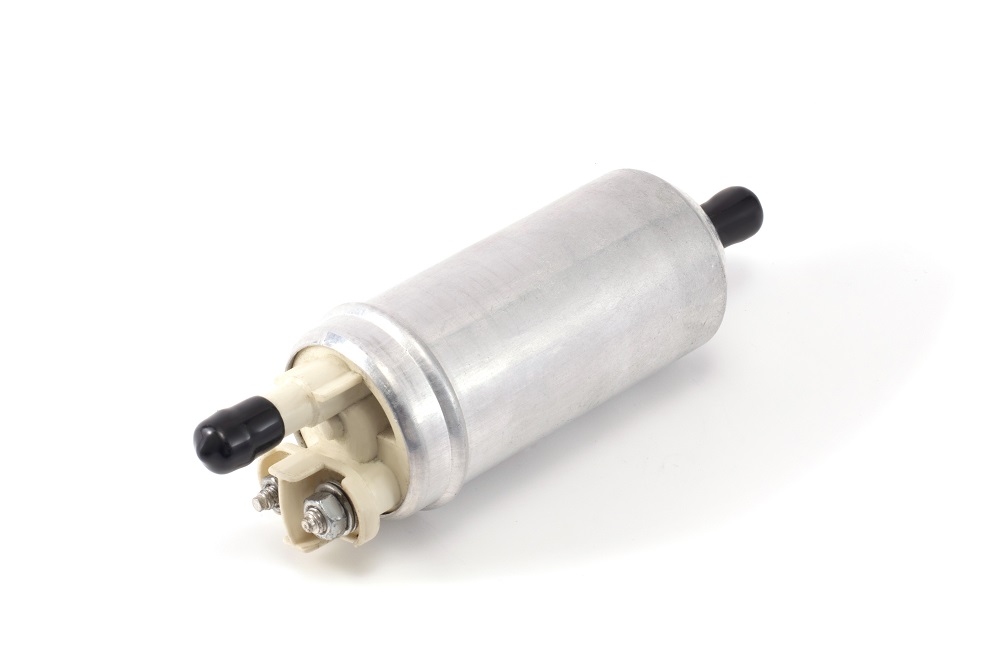
Check the Relays and Fuses
The fuel pump on the M20B25 is governed by two relays (a master relay and a dedicated fuel pump relay), as well as a fuse (fuse No.11). If you’re getting no fuel at the fuel rail, there’s a chance the cause could be any of these three.
Start with the fuse as that’s the easiest thing to diagnose. If the fuse at position 11 is blown, replace it and listen for that fuel pump.
As for relays, you’ll want to focus on the middle relay, which is the dedicated fuel relay. Generally speaking, a working relay should produce a strong clicking sound when you turn the key to the accessory position. Alternatively, you can get a new relay and try testing the system that way.
If it’s not the dedicated relay, you could be looking at a faulty main relay. This relay controls the DME, or Digital Motor Electronics module, which is BMW’s version of an ECU for E30s and their respective engines.
If all of these components turn out to be working, you’re most likely dealing with a dead fuel pump.
The Crankshaft Position Sensor
If everything checks out, either in terms of fuel, spark, or both, but you’re still having no-start issues, it’s time to check the CPS. CPS or Crank Position Sensor is a known culprit of many a issue with M20 engines.
The job of a CPS is to send critical information to the DME, which then uses that data to calculate trim, timing, and all kinds of other things. If the CPS is throwing a fit, the DME will simply prevent the engine from starting.
Testing the CPS is kinda tricky if you don’t plan on replacing it. Fortunately, the CPS isn’t a costly part and can be replaced for cheap! The best way to do it is to test the connector that’s leading down to the CPS. You’ll want to test the resistance on the connector.
The CPS connector is located under the plenum and is mounted on a bracket next to an identical-looking connector. The CPS one is the connector farther away from the engine. Take a multimeter, set it to resistance (Ohm setting), and measure the resistance in the connector leading to the CPS. If it’s showing no resistance at all, you have a dead CPS on your hands.
That being said, you could be dealing with a faulty CPS that is experiencing intermittent issues, which is something that will require more substantial troubleshooting.
Further Troubleshooting
The information presented above covers the most common culprits that will cause a no-start issue. As with any other type of engine problem, there are more things that can cause the exact same issue. If everything above checks out, you’ll probably want to start checking individual lines. Look for bare wires touching the body of the car, faulting grounds, and stuff like that.
Use Only Quality BMW Parts
When you diagnose your issue, it’s imperative that you use quality BMW parts to replace what’s faulty on your car. We carry the complete range of Genuine BMW and OEM parts for your E30. To find the parts you need, head over to our online store and find your vehicle using our vehicle selection tool. Once selected, search for the parts you need and you’ll get a list of products that are guaranteed to fit your car.


